Glass plays a pivotal role in a building's environmental interaction, influencing not just the aesthetics but also the thermal, acoustic, and solar performance of residential properties. In New Zealand's diverse climate, the selection of appropriate glass is critical to ensuring that living spaces remain comfortable and energy-efficient throughout the year. While the H1 changes have advanced the thermal insulation standards, they have not explicitly addressed the criteria for solar control, particularly in New Zealand's warmer regions. This poses a potential risk of clients’ homes overheating, underscoring the need for architects and builders to consider a broader range of glass solutions to mitigate this emerging challenge.
This gap signifies an opportunity for architects to adopt innovative glass solutions that consider the outcomes on internal temperatures in both winter and summer, ensuring your clients’ homes are equipped to handle the nuances of New Zealand's varied climates.
One option now available is SunX Grey, an innovative Low E glass that Metro Glass has developed to mitigate the risk of overheating. This glass integrates solar control within its microscopically thin Low E layer, rather than in the glass substrate itself — an approach which allows the double-glazed unit to offer thermal insulation, solar control, privacy, and the option to incorporate acoustic or textured glass.
In the past architects and builders faced the challenge of compromising one feature for another in a double-glazed unit. By incorporating solar control into the Low E layer, this sacrifice is no longer required, and nor is there a need to resort to triple glazing to achieve a similar multifaceted performance. The tint being in the Low E coating itself rather than in the glass substrate also means the tint colour is consistent and a pastel shade regardless of the glass thickness.
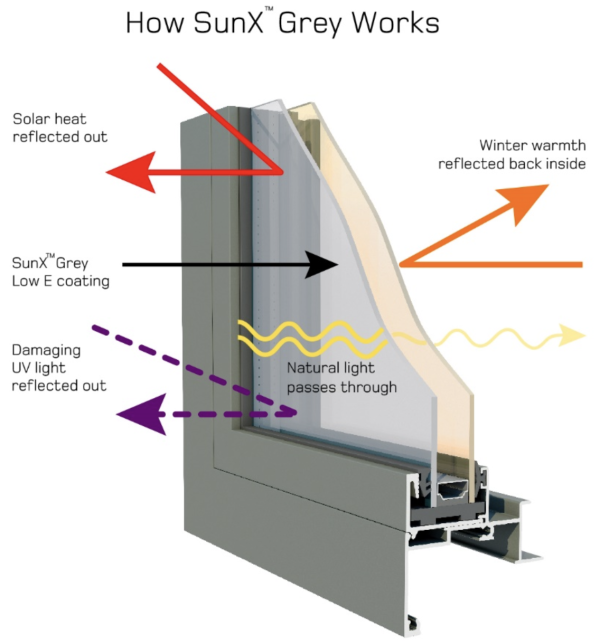
A performance comparison by Sustainable Engineering
Jason Quinn from Sustainable Engineering evaluated the Metro standard glass range through energy simulation of a specific house design, using their thermal predictive software. The results demonstrate that improper glass choice and orientation could lead to over 33% increased risk of this specific house design overheating, as evidenced by the graph.
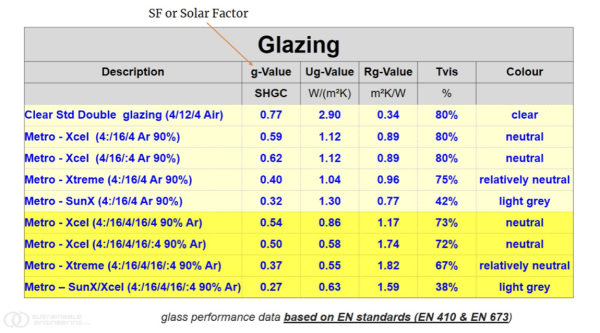
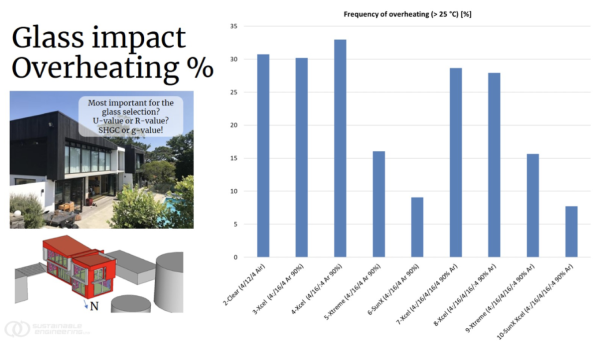
A question often asked is “how much does it cost?”
Jason Quinn's price analysis reveals that while the cost of individual glass units with solar control and thermal insulation features increases, the impact on the total window price is relatively modest, ranging from 5% to 25%.
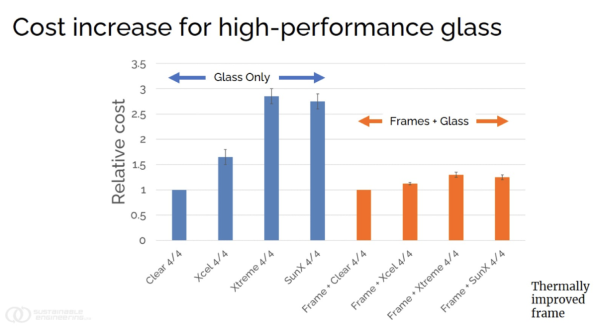
Going forward, with large windows being a desired feature of residential properties, the role of glass in New Zealand's architectural landscape is more crucial than ever. With the recent Building Code changes emphasising thermal efficiency without specific mandates for solar control in warmer regions, the onus falls on architects and builders to adopt a holistic approach to glass selection. Partnering with Metro Glass offers access to a spectrum of products that address these challenges, empowering professionals to design houses that are not only compliant with today's standards but also prepared for the climatic demands.
Metro’s Team are keen to support any enquiries to help with suitable glass selection for your project.

























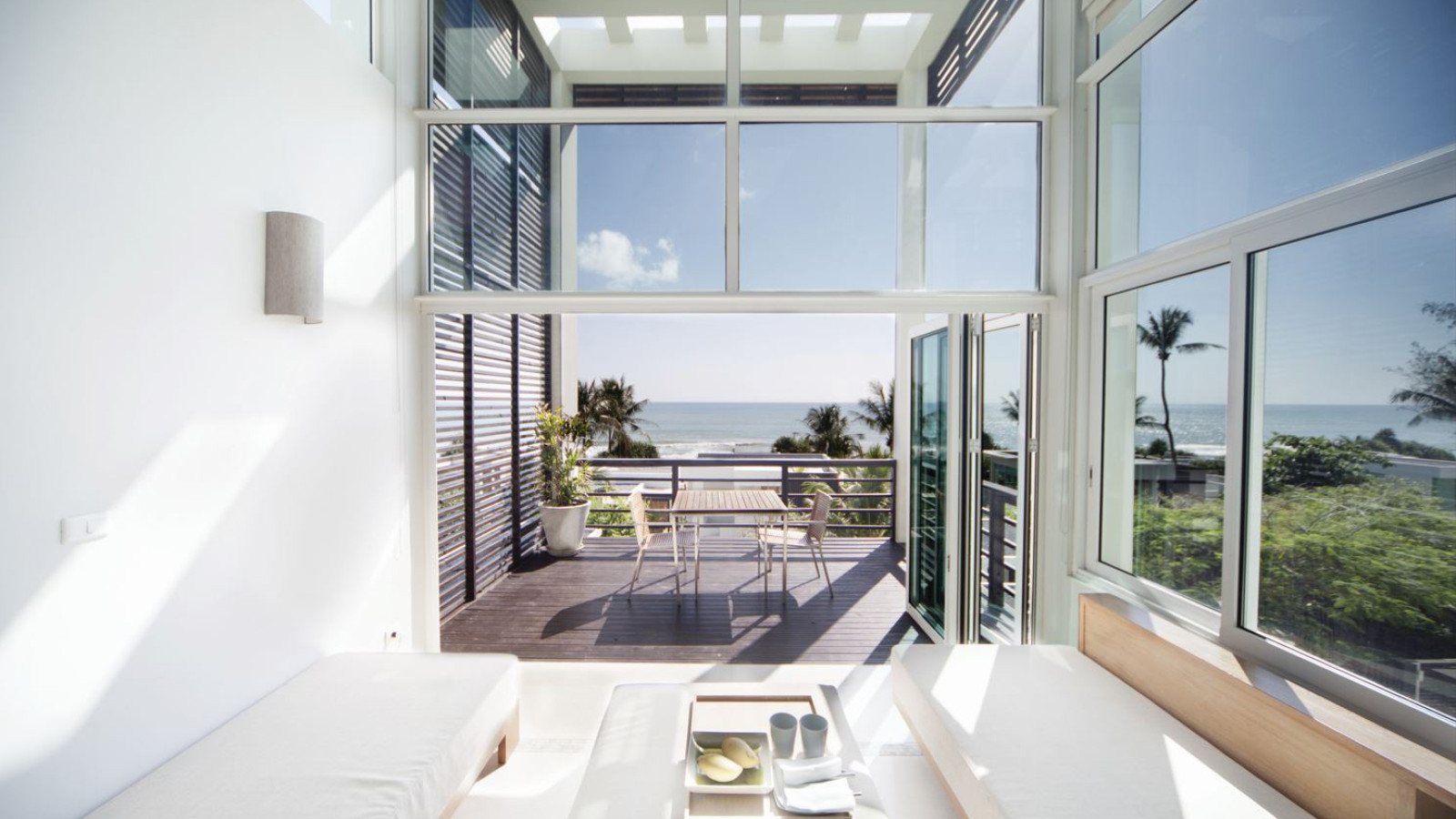



 Most Popular
Most Popular Popular Products
Popular Products



